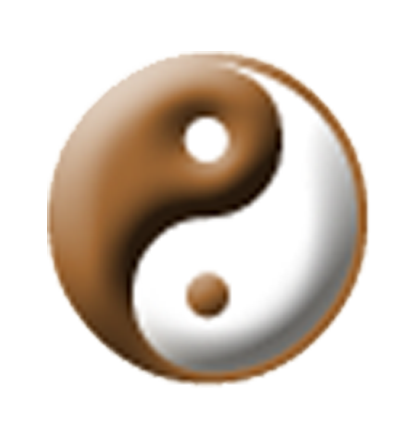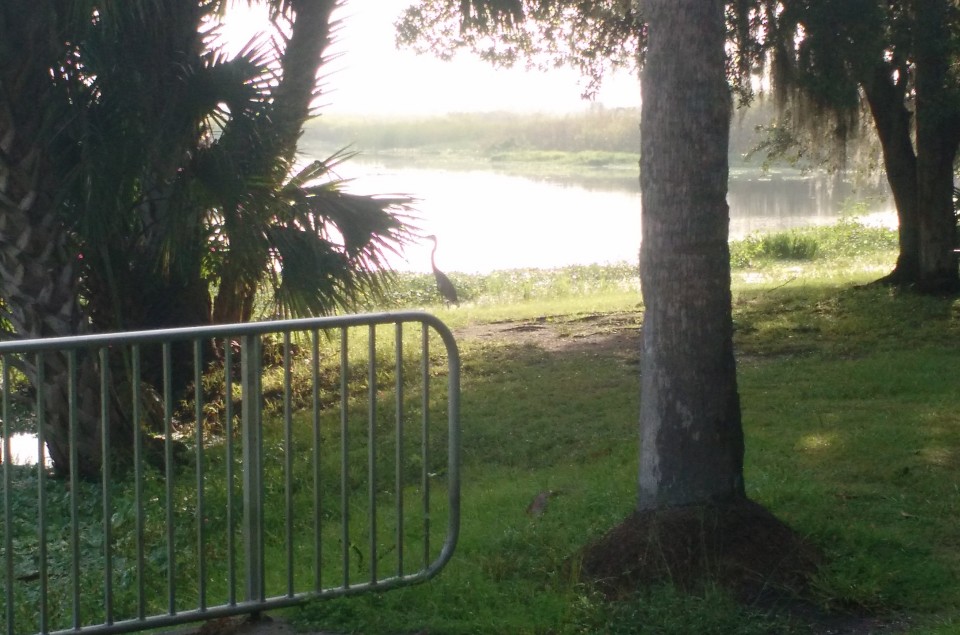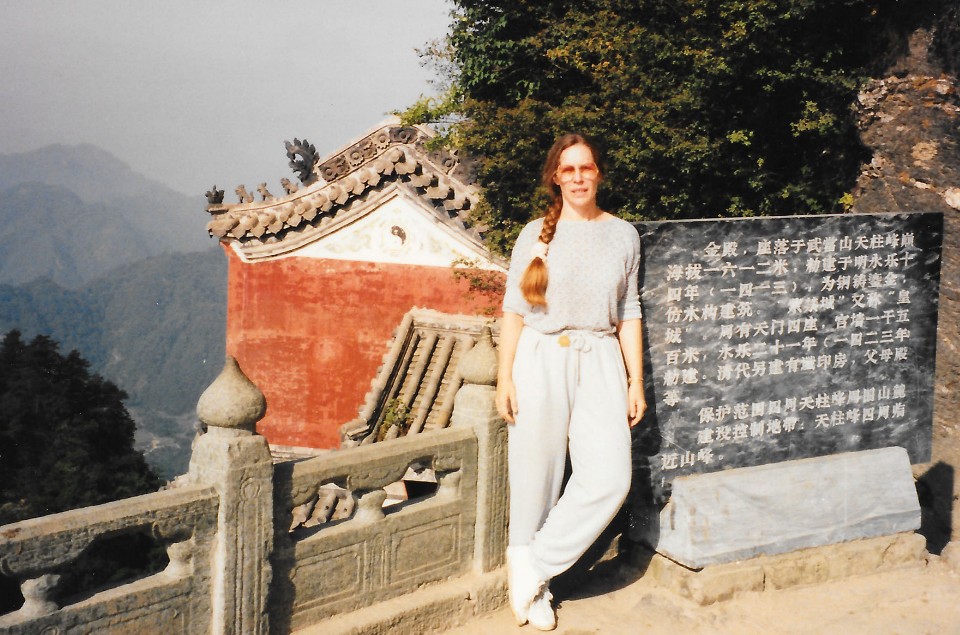
Notes. It’s good to keep notes.
Reviewing several of the forms I’ve learned after time away and finding I don’t remember certain pieces isn’t something I thought would ever happen. Silly me. Luckily, I took notes.
Usually what happens is I will start a sequence, find a blip, and after a few repetitions, recall the missing piece. Often, it’s a turn or a change in position that uses a particular dynamic. This time, I’ve been getting stuck at one point in a form. I’m fine up to a point. The next move just isn’t there. It should be. I’ve taught this form. Practice… that’s why it’s important.
So I started looking through my old video clips from 1999 and 2000. They were helpful but incomplete.
Then I started looking through my old notebooks. Yes, I took notes, lots of them. And I kept some of the original Chinese text files from 1998. Between my memory, my notes, the text files, and the incomplete video clips I have, I believe I can bring back the details and will be able to remember – and my forms will be better than they were. It won’t be easy. First, I will have to create a full set of files (and translate them maybe). Then, I need to put that information into movement. Whatever is written down is never fully adequate to recreate a movement. It is a way to jog your memory.
I used to draw stick figures as prompts – with directional arrows. It’s a good technique. I learned it from my dance training. The more professional books used nicely drawn models to illustrate muscle groups, tension, and arrows to show direction. I couldn’t draw that well, but my stick figures and arrows were enough for me. It could take me hours to get thorough just a few movements. Early on, I would go to class at the park in the morning (6 am), get some breakfast, then spend 2-3 hours writing out as much as I could remember. Sometimes it was too much and I’d muddle two different sets. Eventually, I got it sorted out. That was the 1990s and mostly in China. Video was nothing like what it is today. It wasn’t an option back then.
(And there are two topics for other posts – on how the teacher should balance pushing and challenging students to learn with not overloading them too much so they learn nothing; on the different models: daily classes vs learn & practice on your own)
As video started to become inexpensive enough to manage in the late 1990’s, I wanted to create a video archive of the forms that could be made available on our site. Companion material for our books. My hope was that students would have another learning tool and we would have archival footage of the forms. But that wasn’t to be. I tried for several years. It didn’t happen. Much as I wish now I had that footage, I don’t. Wishing for something you can’t ever have is not productive. So, I’d rather not dwell on what is past and cannot be recovered. As much as we might like, life doesn’t have a do-over.
There is some footage that was recorded. It is useful and it’s important we have it.
So one of my projects for the next few weeks is to use the original Chinese instructions from 1998 and what I have on video to relearn the pieces of the form I’m missing – to the point that I’m satisfied with it. Then, I’m going to video tape myself performing it – as an archival record, not merely a performance piece. True, I would have preferred to have been working on this 30 years ago. But now is still a good time.



